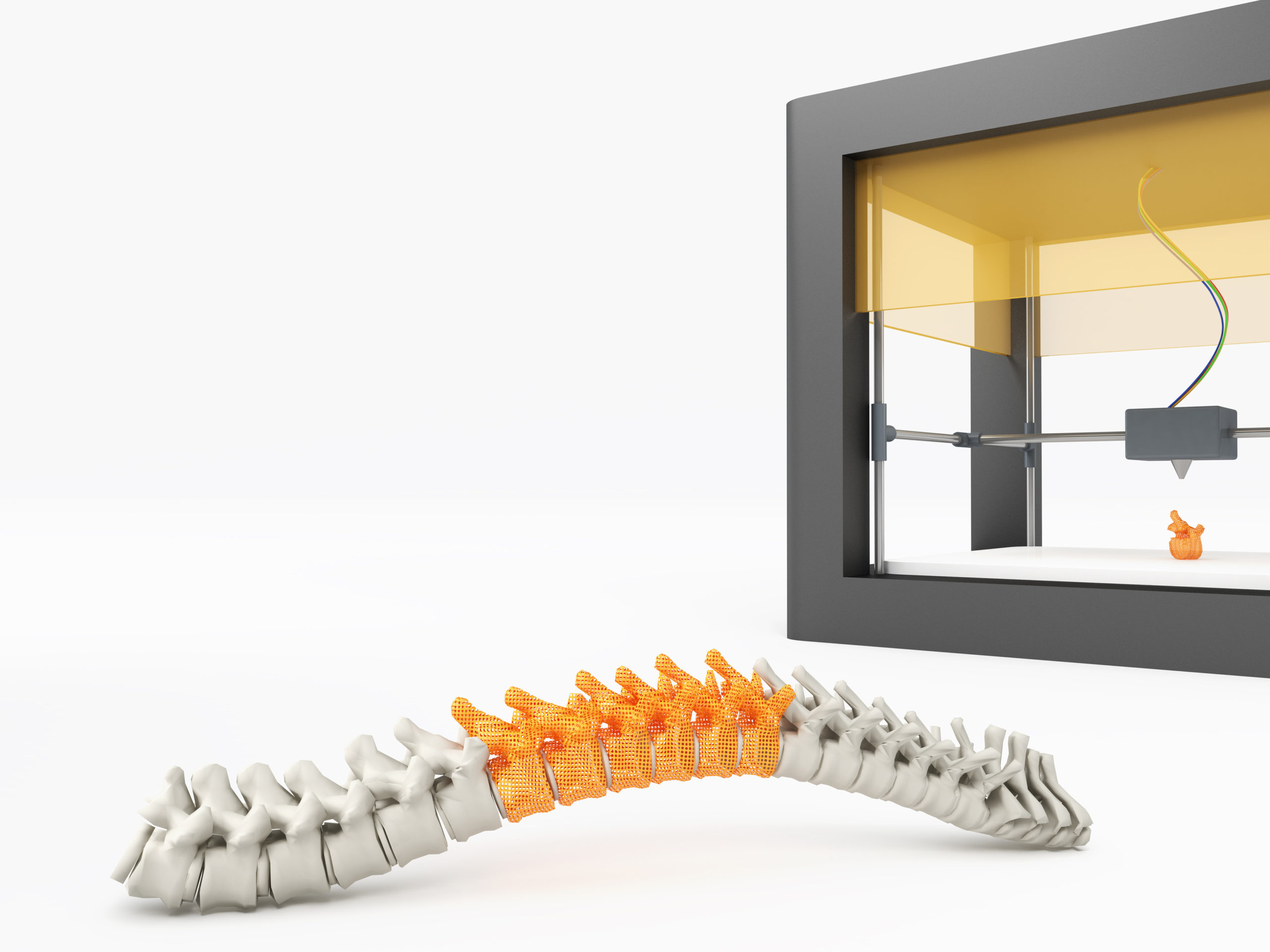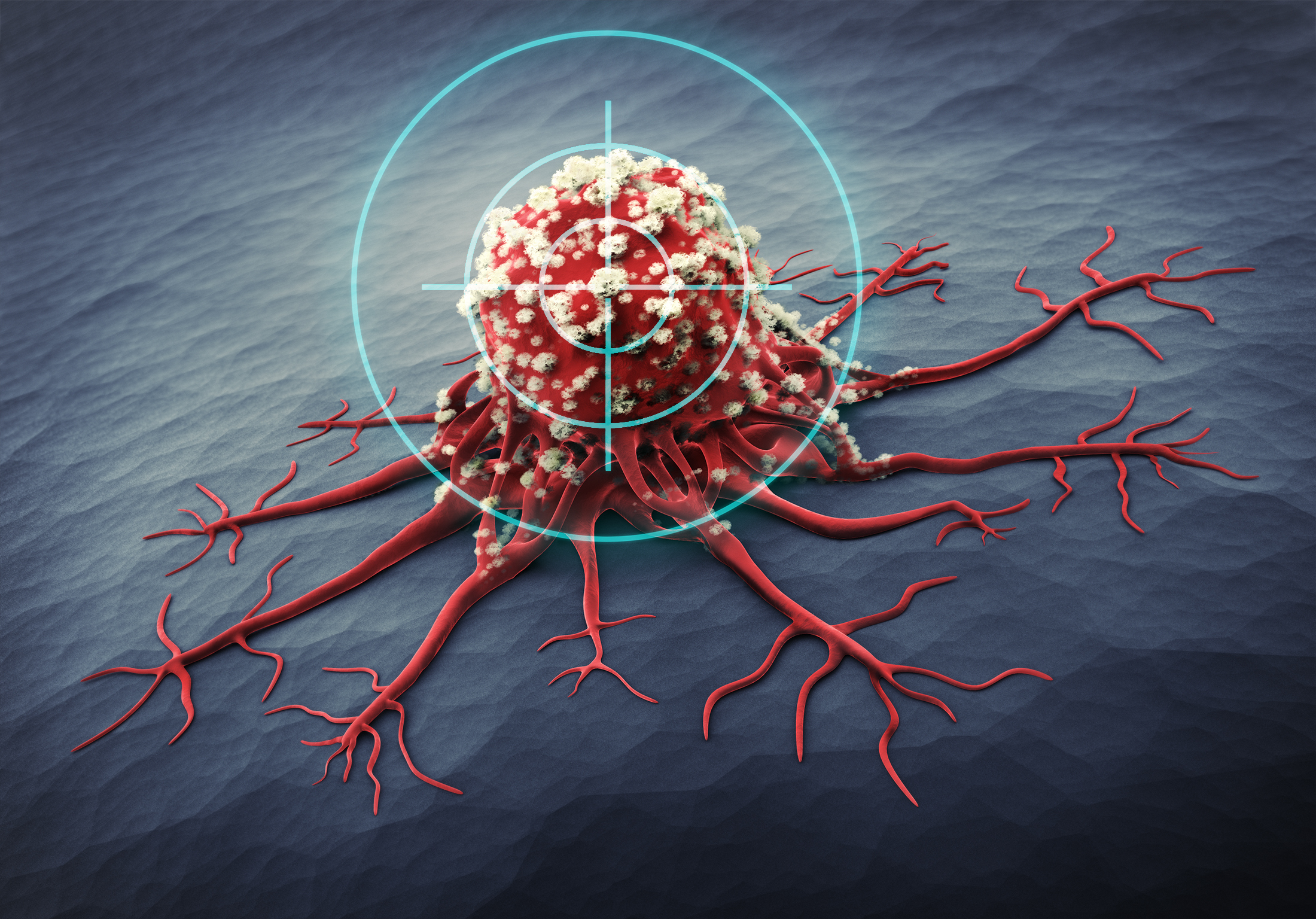The fight against childhood cancer is an arduous process. Childhood cancer researchers work diligently to find better treatments and more cures daily.
Fortunately, scientific advances in diagnosis and care have welcomed significant improvement in childhood cancer survival rates. The days of treatment options consisting of only chemotherapy and radiation are gone. Today’s researchers and oncologists are combining traditional tools with cutting-edge biological medicine, genetic analysis, and novel therapeutics.
Here are four recent breakthroughs by innovators that signal light at the end of the tunnel.
1. The Crazy 8 Initiative
The Crazy 8 Initiative was launched by Alex’s Lemonade Stand Foundation for Childhood Cancer (ALSF) in 2018 to bring together the world’s top scientists and researchers in the fight against eight specific, hard-to-treat childhood cancers.
Dr. Stephanie Hicks from the Johns Hopkins Bloomberg School of Public Health is part of the Big Data Crazy 8 project team in charge of creating tools that would enable analysis of childhood cancer at the single-cell level. This is critical work because up until now, research has been limited to data received from activities within clusters of tumor cells.
This initiative is allowing researchers to study individual cancer cells or individual healthy cells in cancer patients.
Dr. Hicks’ work, in conjunction with other Crazy 8 grantees like Dr. Mariella Filbin, seeks to study the communication between cancer cells and healthy cells. It will create a reducible workflow that allows other researchers to compare and contrast data and analyses across studies, which would lead to greater efficiencies and possibly boost the rate of discovery in the field.
2. Dr. Jie Song and her 3-D printed bone graft

Surgical treatment of osteosarcoma (bone cancer) in children can leave them with damaged bones. The bone grafting typically used by surgeons to rebuild and repair affected bone tissue does not always work as intended and also comes with safety risks. Thus, kids are left with bones that aren’t strong enough to support their active lifestyles.
Dr. Jie Song, PhD, an ASLF grantee and professor of orthopedics and physical rehabilitation at the University of Massachusetts, is getting closer to a solution that allows doctors to remove tumors and keep bones strong. She’s developed a 3-D printed biodegradable synthetic bone graft that is capable of successfully attaching to healthy bone and supporting robust bone formation without the use of high-doses of troublesome drugs used in present conventional methods.
3. Dr. George Daley and his team’s development of drug-like molecules
Dr. George Daley, an ASLF-funded researcher from the Harvard School of Medicine is currently making strides in reducing the wait times involved in the development of drugs used to treat childhood cancer.
Dr. Daley and his team created drug-like molecules that are effective at disrupting a protein called LIN28 which is linked to a wide variety of childhood cancers. A biotech company has now been formed to create these drugs and deliver them to kids affected by cancer sooner than ever.
4. Researchers are turning their attention to treating the genes responsible for cancer rather than just cancer itself

Scientists have known about oncogenes, abnormal genes that can drive the growth of abnormal cells that become cancer, for 40 years. Now, researchers are discovering more about oncogenes and how to treat these “bad” genes before they become cancer.
“Every cancer is different, because every child is different,” says Dr. Julia Glade-Bender, a member of the ALSF Scientific Advisory Board and an oncologist at New York-Presbyterian Hospital/Morgan Stanley Children’s Hospital. Dr. Glade-Bender’s research is in identifying the molecular drivers of children’s cancer which will help researchers personalize treatment using novel, biologically targeted agents during clinical trials.
These are just a few of the many breakthroughs in the fight against pediatric cancer which should be celebrated. Since it’s National Childhood Cancer Awareness Month, how about spreading the word about the good work being done? Share this article with a friend who would love to hear about these breakthroughs.